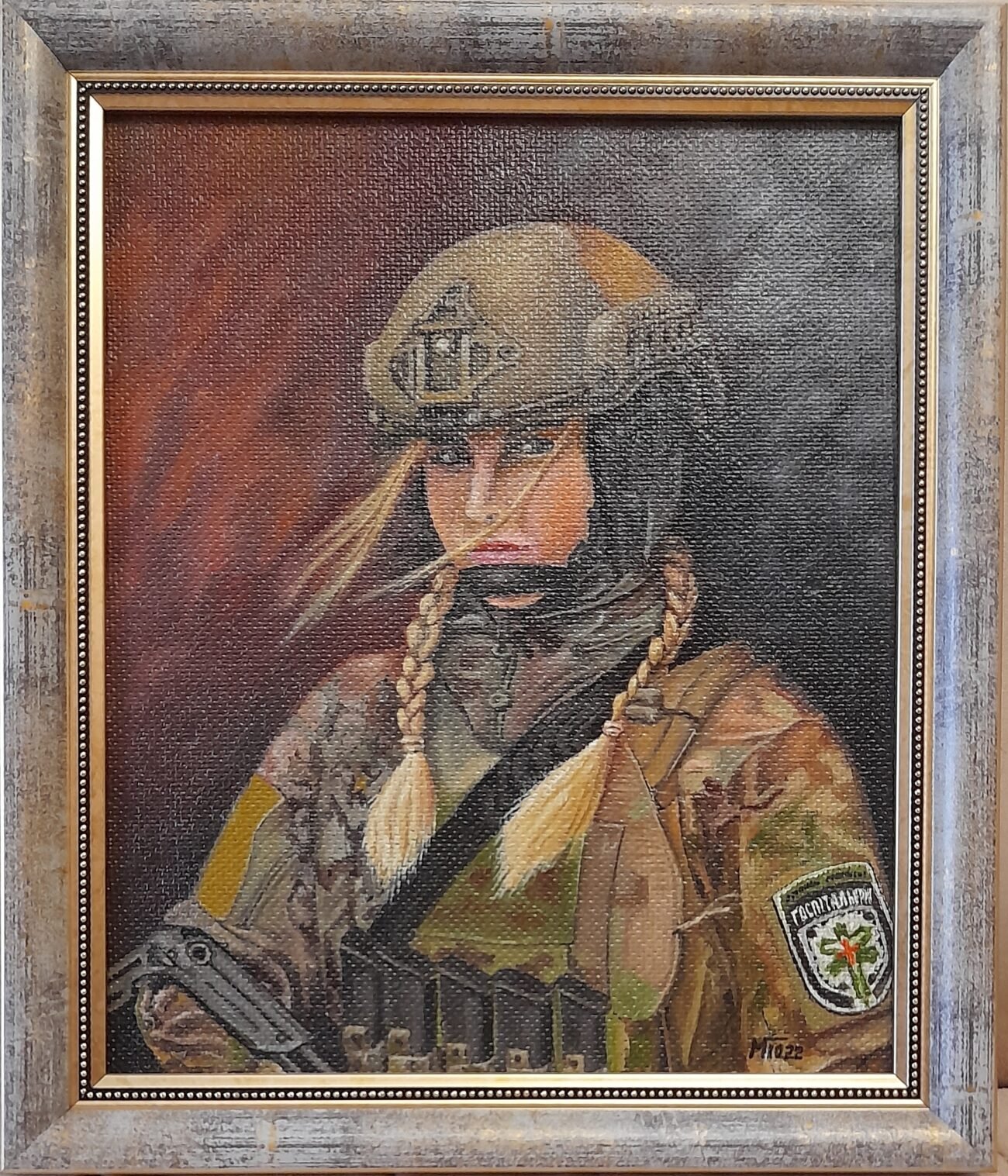Ukrainian art is a testament to the nation’s vibrant cultural heritage and resilience, spanning ancient artifacts to modern expressions.
Early Influences
Ukrainian art’s origins can be traced to the Scythian period, renowned for intricate gold artifacts and elaborate burial decorations. The Kyivan Rus’ era brought a blend of Byzantine and local traditions, evident in the religious icons, frescoes, and mosaics adorning structures like the Saint Sophia Cathedral in Kyiv.
Baroque Flourish
Ukrainian Baroque emerged with its distinctive ornate church architecture and detailed iconostasis. This period saw artists like Dmytro Levytsky and Volodymyr Borovykovsky rise to prominence, capturing the essence of Ukrainian nationalism and identity through portraiture and historical painting.
Modern and Avant-Garde Movements
In the modern era, Ukrainian art embraced avant-garde movements with pioneers like Kazimir Malevich pushing boundaries in abstract and cubist art. Despite the political repression of the Soviet era, artists used symbolism and surrealism to convey profound messages. Contemporary Ukrainian art continues to thrive, exploring themes of identity, freedom, and resilience.
Cultural Revival
Today, there is a renewed interest in traditional Ukrainian crafts such as Petrykivka painting and Pysanka (Easter egg decoration), both recognized by UNESCO as intangible cultural heritage. Modern artists draw inspiration from these traditions while creating works that resonate globally.
Ukrainian art reflects the nation’s enduring spirit and rich cultural legacy, telling a story of creativity, struggle, and resilience.


Leave a comment